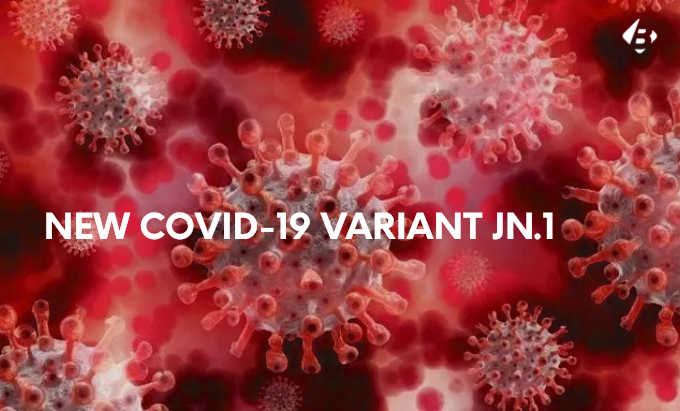As the year draws to a close, the global COVID-19 landscape once again faces a resurgence driven by the JN.1 subvariant of Omicron. While vaccination rates continue to climb, JN.1’s enhanced transmissibility necessitates a renewed and collective focus on public health measures to mitigate its impact.

Understanding JN.1:
This Omicron subvariant possesses a unique mutation on the spike protein, allowing it to evade some immune responses generated by prior infection or vaccination. Although data on JN.1’s severity is still under investigation, its significant transmissibility has triggered concern and led to surges in cases across multiple continents.
Regional Focus:
- India: JN.1’s arrival has prompted cautious optimism. With around 58 active cases documented, proactive surveillance and ongoing vaccination campaigns aim to prevent substantial outbreaks.
- Singapore: JN.1 has caused a sharp rise in infections, pushing active cases past 56,000. Mask mandates and travel restrictions have been reimposed to control the spread.
- United States: JN.1 has been identified in various states, prompting public health officials to urge mask-wearing and booster vaccinations. Active cases currently exceed 8 million.
- China: JN.1 cases have been limited to specific locations, triggering localized lockdowns and increased testing efforts. Active cases remain in the tens of thousands.
- Brazil: While JN.1 hasn’t yet caused major spikes, vigilance remains high due to the country’s existing case burden, with active cases exceeding 800,000.
Recommendations for All:
- Vaccination: Receiving complete vaccination and booster shots remains the most effective defense against COVID-19, including JN.1.
- Masking: Wearing well-fitting masks in crowded indoor settings and on public transportation significantly reduces transmission risk.
- Physical Distancing: Maintaining safe physical distance from others, particularly when experiencing symptoms, minimizes further spread.
- Hand Hygiene: Frequent handwashing with soap and water or using alcohol-based sanitizer is crucial for interrupting the viral chain of transmission.
- Stay Informed: Regularly check for updates and recommendations from your local health authorities and trusted sources.
Looking Ahead:
The emergence of JN.1 highlights the need for sustained vigilance and proactive adaptation. By upholding public health measures, enhancing vaccination efforts, and remaining agile in the face of evolving scenarios, we can mitigate the potential impact of JN.1 and navigate this phase of the pandemic effectively.
Remember: Although JN.1 presents a challenge, we have the knowledge and tools to address it. By prioritizing collective responsibility and individual action, we can protect ourselves and our communities, ultimately working towards a future where COVID-19’s burden is significantly reduced.
This blog will be updated regularly to reflect the evolving situation and provide readers with the latest information and resources. Please stay tuned for further updates.
Disclaimer: This blog post is for general informational purposes only and should not be interpreted as medical advice. Please consult a qualified healthcare professional for any specific questions or concerns.